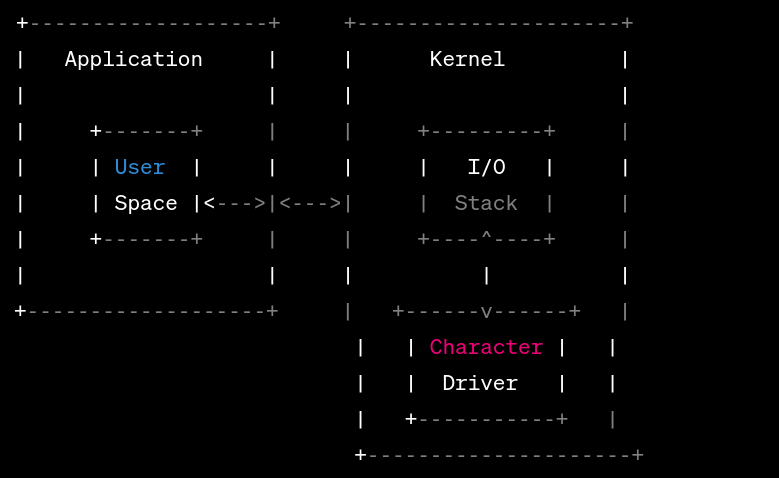
Hello dear readers! Ever wondered how your computer seamlessly interacts with a plethora of devices? Today, we’ll delve deep into the world of device drivers, especially focusing on Linux. Grab your tech hats, and let’s get started! 😃
Device Drivers: The Unsung Heroes of Computer Operations 🦸
Imagine this scenario: You’ve just purchased a shiny new printer. You’re ecstatic, ready to print those vacation photos. You plug it into your computer, switch it on, and… nothing. Your computer appears as puzzled as you are. It’s akin to meeting someone who speaks a different language! 🇫🇷🤷♂️🇯🇵
Here’s where a device driver swoops in like a superhero. Think of it as a linguist, proficient in both ‘Computerese’ and ‘Printerese’. Once you install this translator (the device driver) on your computer, the two start chatting like old pals, and your photos come to life! 📸
Simply put, a device driver acts as an interpreter, letting your computer and external hardware understand each other. This bridge ensures all parts of your system work in harmony.
The Great Divide: Character vs. Block Device Drivers 🖋️ vs. 📚
Now, let’s dissect this further. In the world of device drivers, we mainly hear about two types: Character and Block device drivers. But what are they? Let’s simplify.
Imagine two distinct friends:
Pen Pals (Character Device Drivers): 📝
Nature of Communication: Letter-by-letter, discussing various topics. Letters range from postcards to lengthy tales.
Tech Translation: Just like reading letters one by one, character device drivers process data byte-by-byte. Think keyboards or mice, where data is transmitted key-by-key or click-by-click.
Book Club Members (Block Device Drivers): 📚
Nature of Communication: You share entire books, diving deep into chapters or even dissecting the whole storyline.
Tech Translation: Block device drivers handle data in sizable blocks. It’s akin to reading chapters at a go. Hard drives or USB drives exemplify this, where data transfers in vast segments.
To wrap up: While both these drivers play the role of interpreters, character drivers enjoy a steady, sequential chat, and block drivers prefer intensive, chunky discussions.
Linux and its View on Devices: Everything is a File! 📂
Linux, with its unique philosophy, sees everything, yes EVERYTHING, as a file. It makes the world simpler and more unified.
Accessing Hardware Devices: Just like opening a file on your computer, Linux interacts with devices through special device files.
Where to Find These Files: Curious where these interface files reside? Head to the
/devdirectory.How it Works: When an application wishes to chat with a device, it sends a message. The Linux OS then routes this using the respective device driver, ensuring everyone’s on the same page.
Devices in Linux mainly fall into two categories:
- Character Devices: Think of devices like keyboards or mice. They send data bit by bit.
- Block Devices: Hard drives or CD-ROMs fall here. They’re more about sending large volumes of data.
Dive Deep with Linux Commands 🔍💻
For the tech enthusiasts among you, here’s how you can see these device drivers in action on Linux:
Character Device Drivers: Type in
$ls -l /dev/ | grep "^c". This lists all character device drivers.Block Device Drivers: Use
$ls -l /dev/ | grep "^b". This showcases all block device drivers.
Crafting a Character Driver in Linux 🎨
For those dabbling in Linux programming, here’s a quick guide:
- Allocate a Unique Device Number: Using
dev_t, you can either manually pick a number or let the system choose one for your device. - Initialization: Associate the device with its operations. Think of this as teaching your device its capabilities.
- Make It Known to Linux: Register your device using
cdev_add. It’s like introducing your device to the Linux family.
In Conclusion, device drivers, both character and block, play a pivotal role in ensuring our computers function seamlessly. They might be behind-the-scenes players, but their significance is undeniable. So, next time you plug in a device, remember the unsung heroes making it all work!
Happy computing! 💡🖥️🚀
